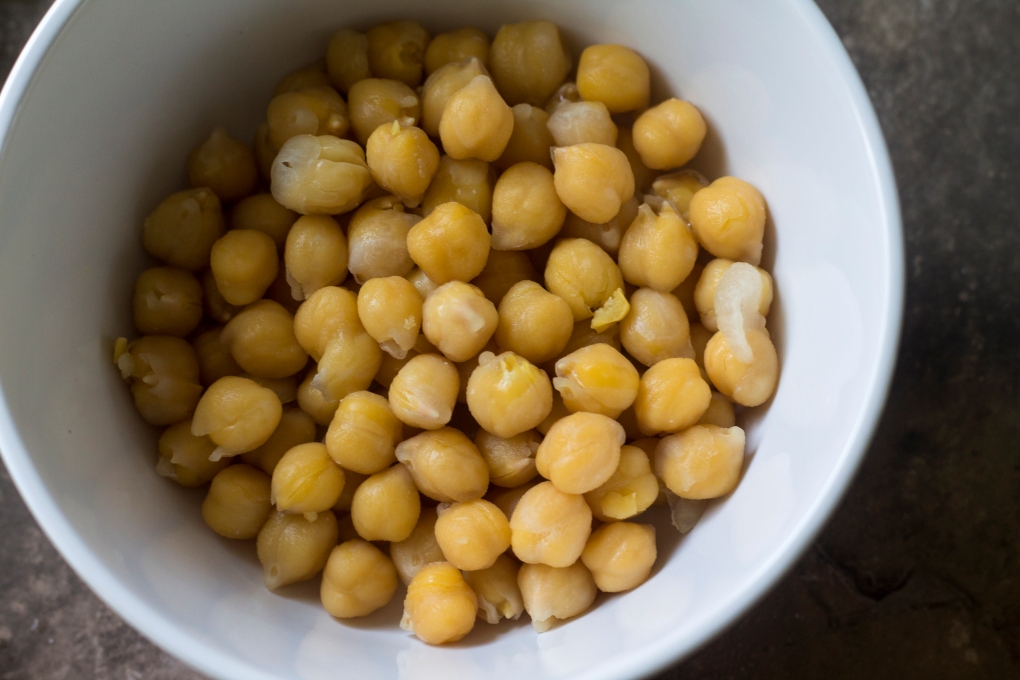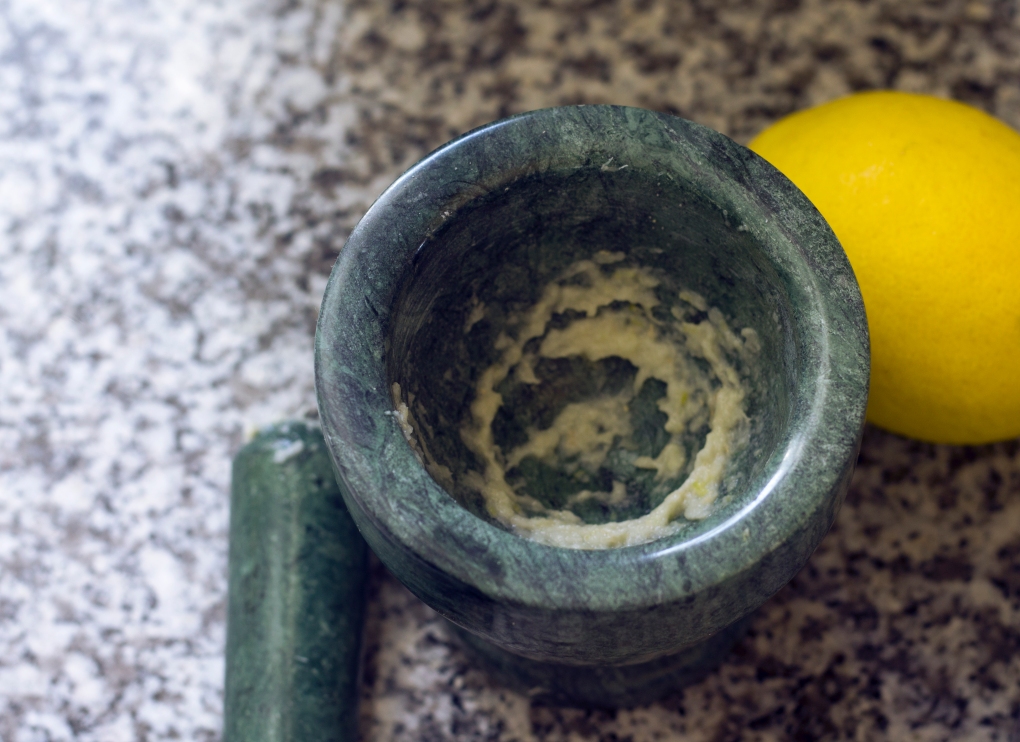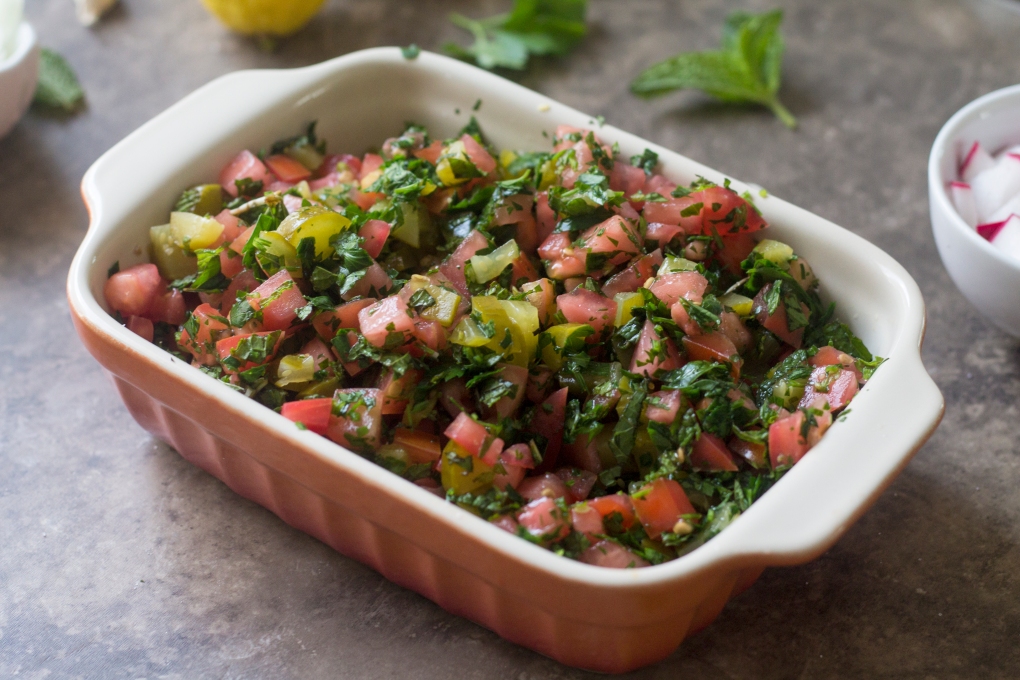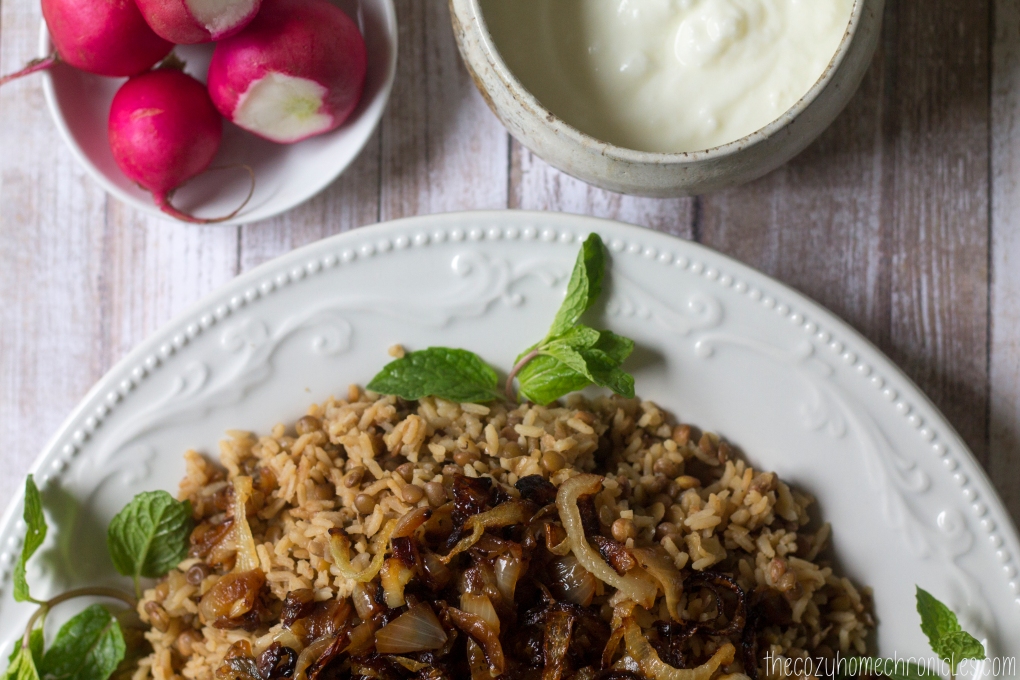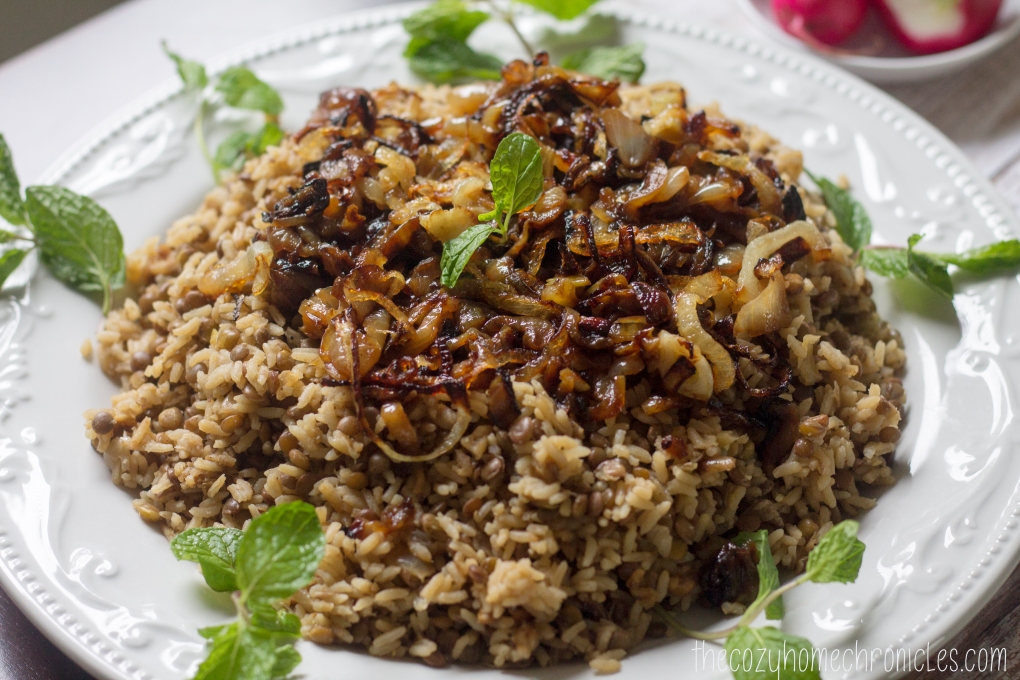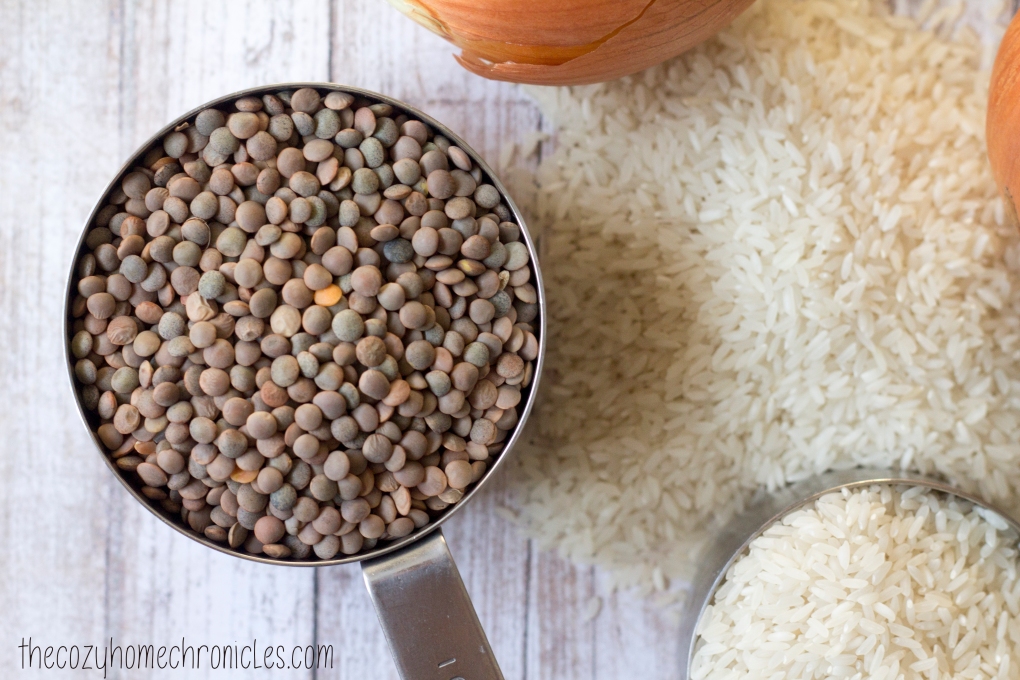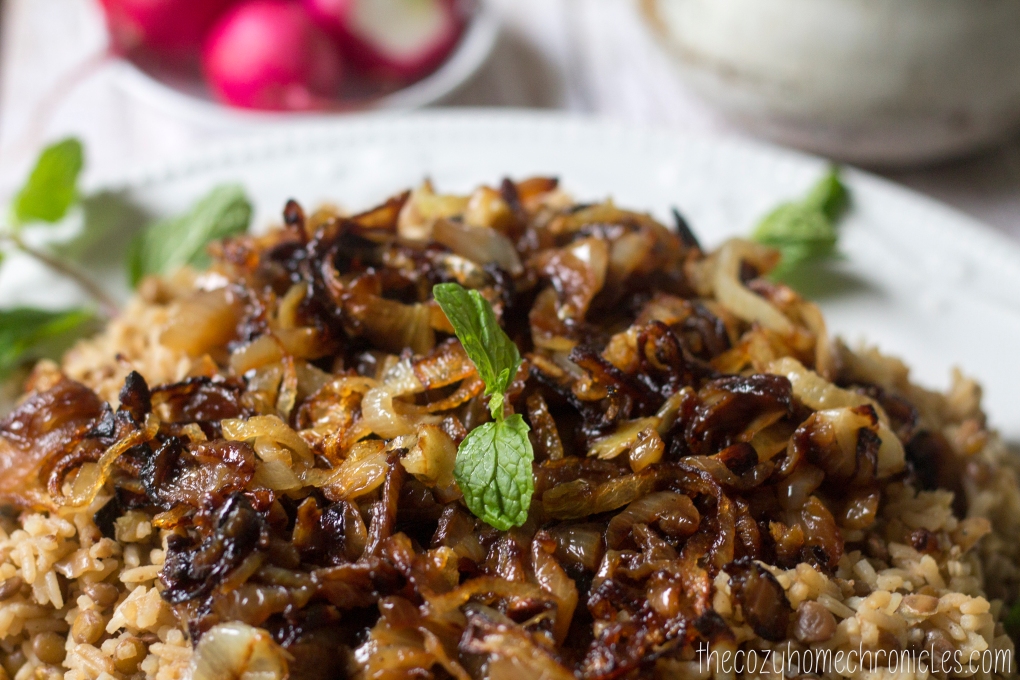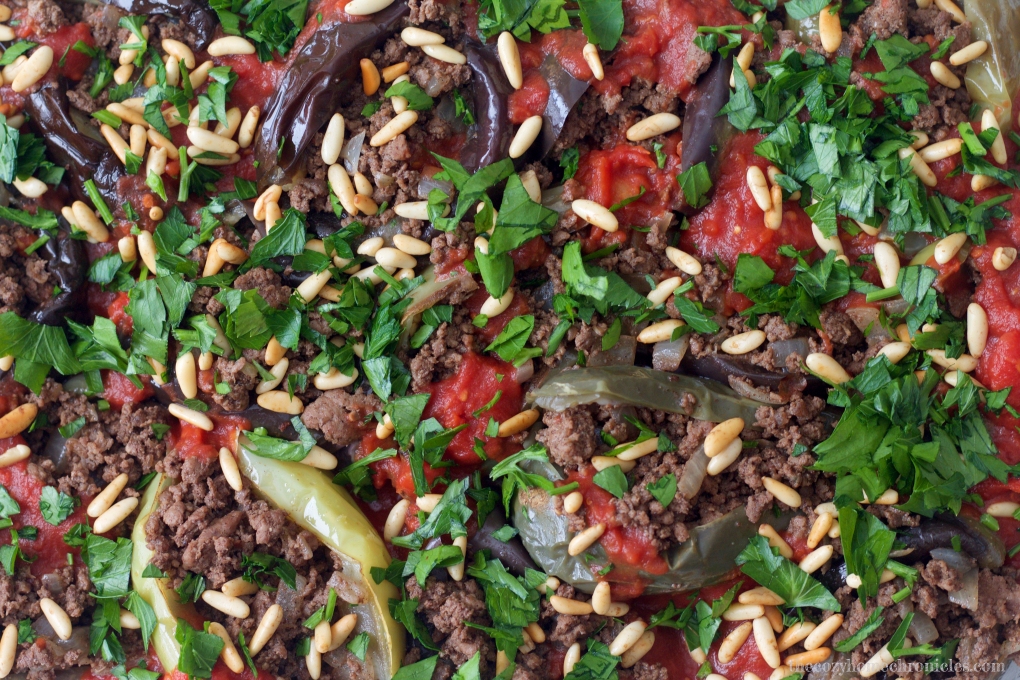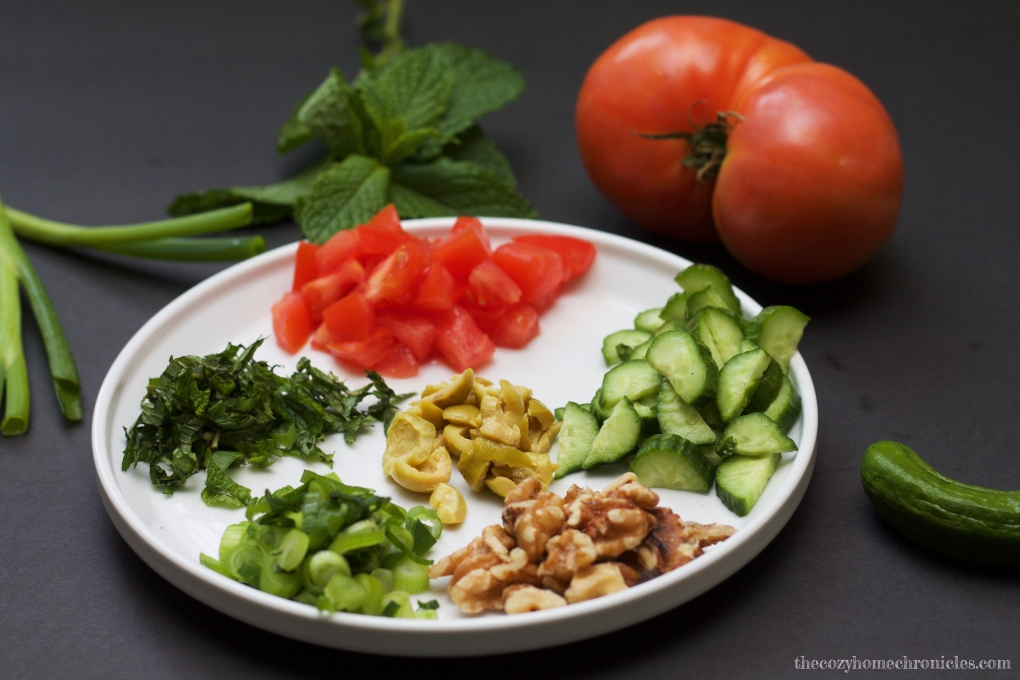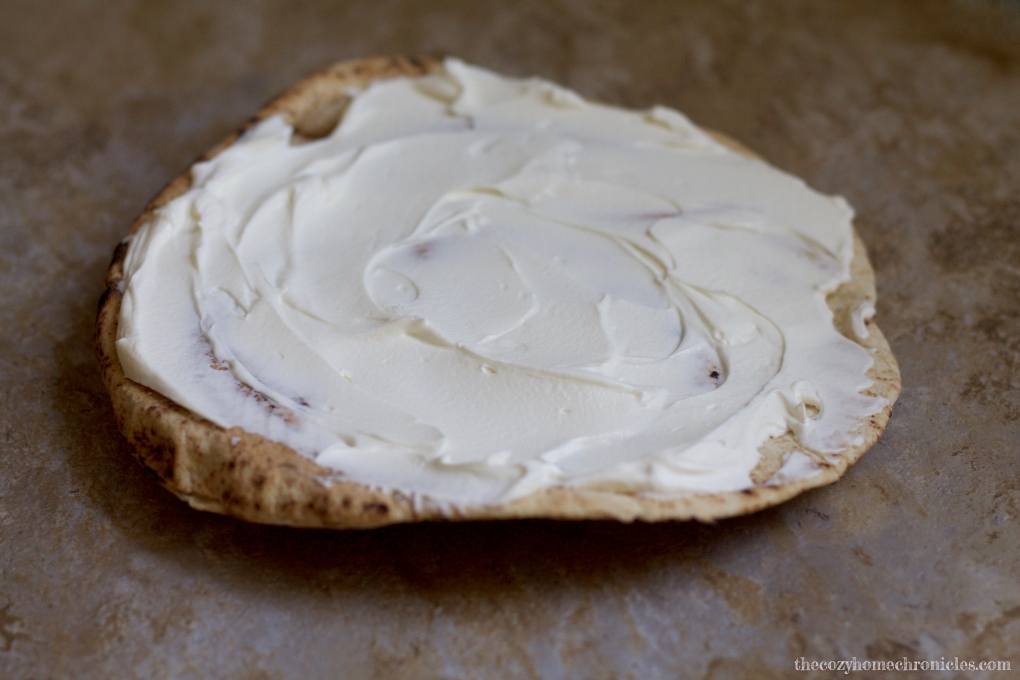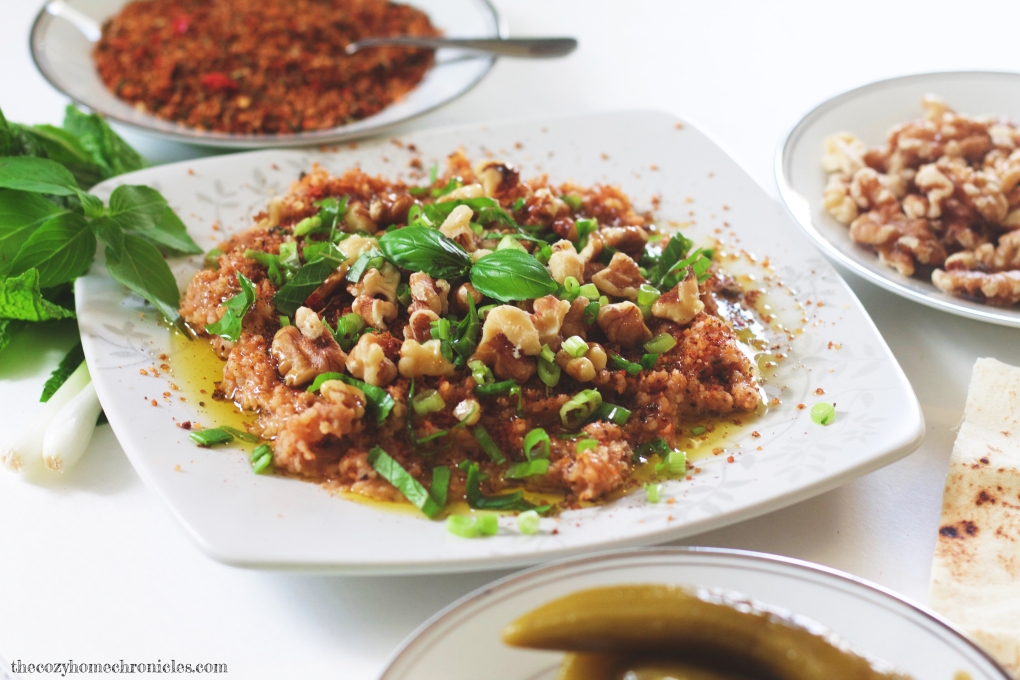
I can’t believe how quickly the summer has ended! Although my husband and I both survived our first few weeks of the semester, we know that life is about to get much busier and even more challenging. Blogging obviously isn’t going to be a main priority (booo, I know) but it will be nice to share some of our adventures as we trudge along through the rest of the school year. Some of the things that will still remain a priority, however, are eating clean and healthy and working toward a simple, sustainable lifestyle. To do that we will definitely have to become more efficient at organizing, meal planning, and prepping and that will certainly be easier with an arsenal of quick and easy recipes.
If you haven’t noticed, one of the things we’ve been trying to do around here is cut down on red meat. Sure there are many vegan dishes out there, including plenty of Middle Eastern options, but gosh darn it when you’re craving a shawarma, sometimes you really need to have your fix. Luckily, I found a way to have just that without the grease and fatty surprises and without all the baggage that comes with eating red meat. Eating portobellos as a meat substitute isn’t something new for us but incorporating meatless substitutes in very classic Middle Eastern recipes is. Who says you can’t have your cake and eat it too? I should note that this recipe has been tested and approved by my brother who leans toward carnivority (not sure if this is a thing). I won’t pretend that he was completely fooled but he had nothing but good things to say (he’s also a man of few words). I guarantee that you’ll be very pleased with this faux shawarma sandwich; the texture and flavor of the mushrooms combined with all of the vegetables and creamy tahini sauce, tastes pretty darn close to the real thing. Not only is it delicious but it is super easy to make and with minimal ingredients too. But you don’t have to take my word for it, try it yourself!

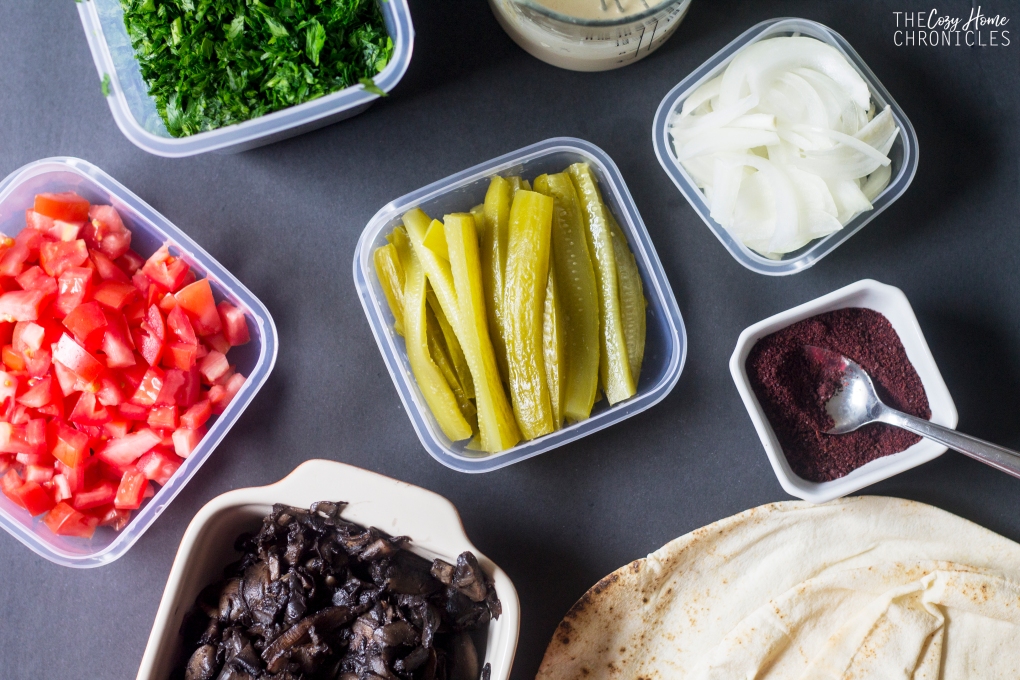
Vegan Portobello Shawarmas
Ingredients
2 pounds portobello mushrooms
1 teaspoon shawarma spice (more if you like it spicier)
1/4 cup white vinegar
Olive Oil
Salt (to taste)
For sandwiches:
Pita bread
Tomatoes, diced
Onions, thinly sliced
Parsley, chopped
Pickled cucumbers or turnips, sliced
Sumac
Taratoor (tahini sauce)
Note: This recipe makes between 4-6 sandwiches depending on how stuffed you like them.
Directions
- Gently wash your portobello mushrooms and slice very thinly.
- In a large pan, drizzle olive oil and add in the mushrooms in batches. Each time the mushrooms start cooking down, add another batch to the pan.
- Once all the mushrooms are in the pan, add in the shawarma spice and vinegar, stir well to incorporate.
- Cook on medium-high until the liquid cooks off and the mushrooms begin to brown, approximately 10 minutes.
- In the meantime, prepare all your sandwich toppings and condiments.
- Open your pita bread into halves and layer on the goodness: portobello shawarma, tomato, parlsey, pickles, onions, sumac, and a drizzle of taratoor.
- Roll up and enjoy!
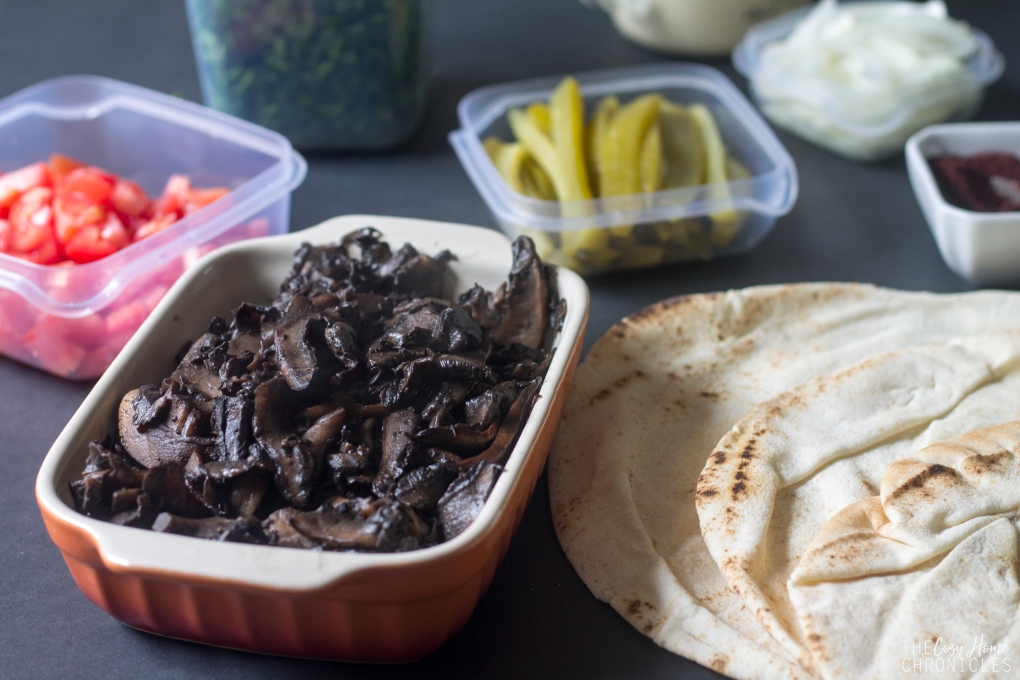

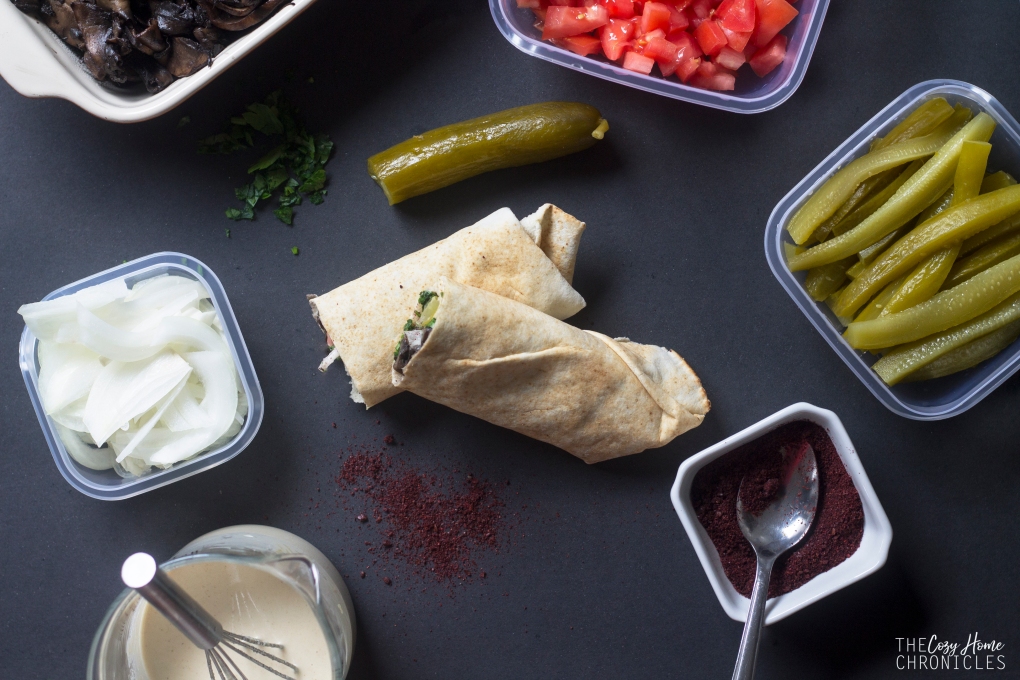
If you liked this post please follow us and share!






